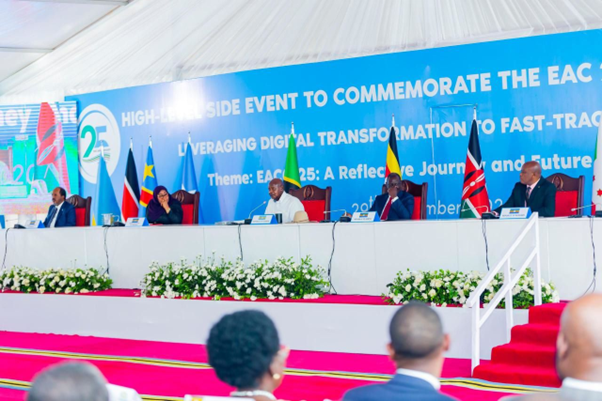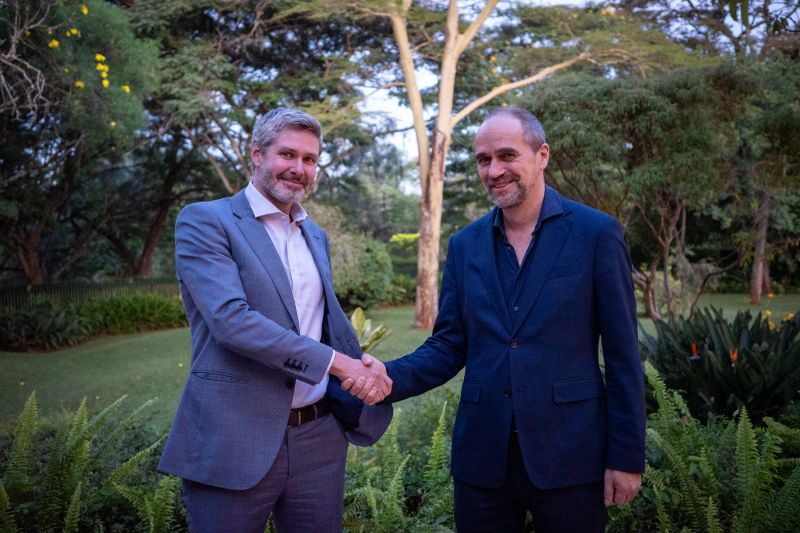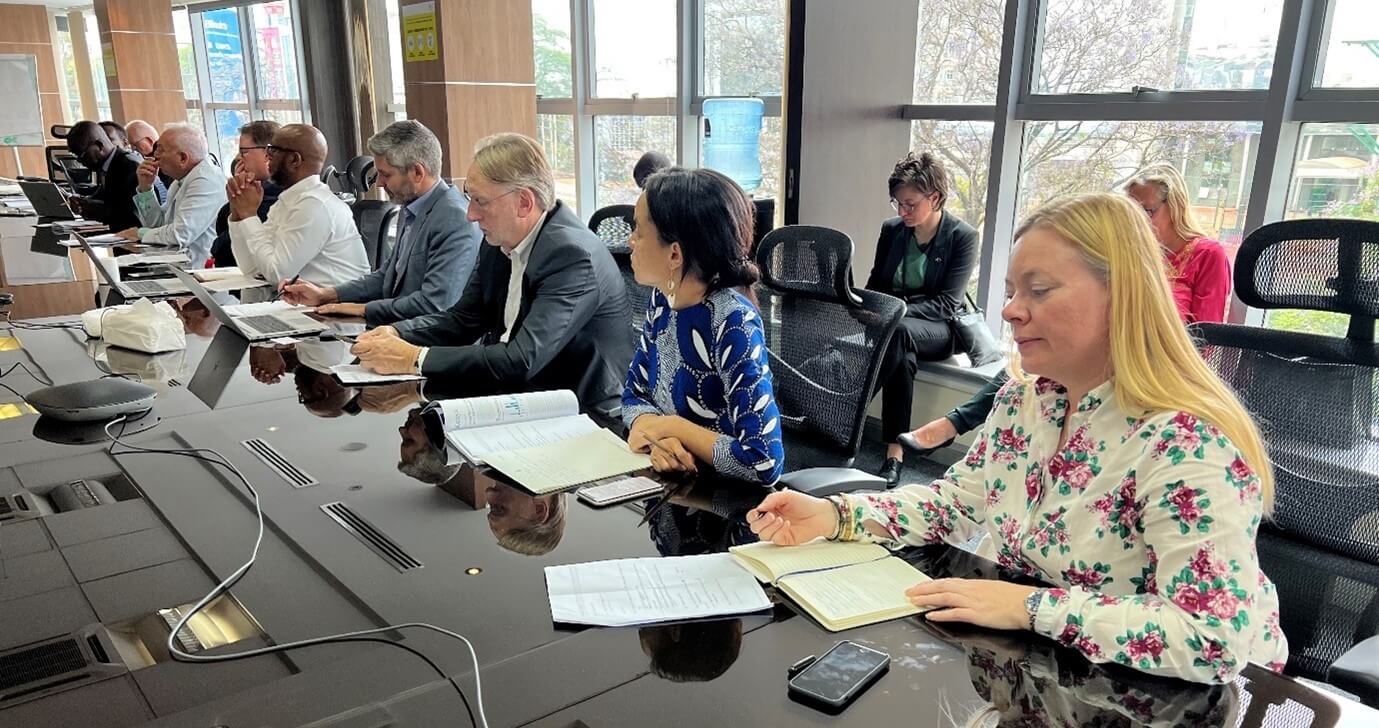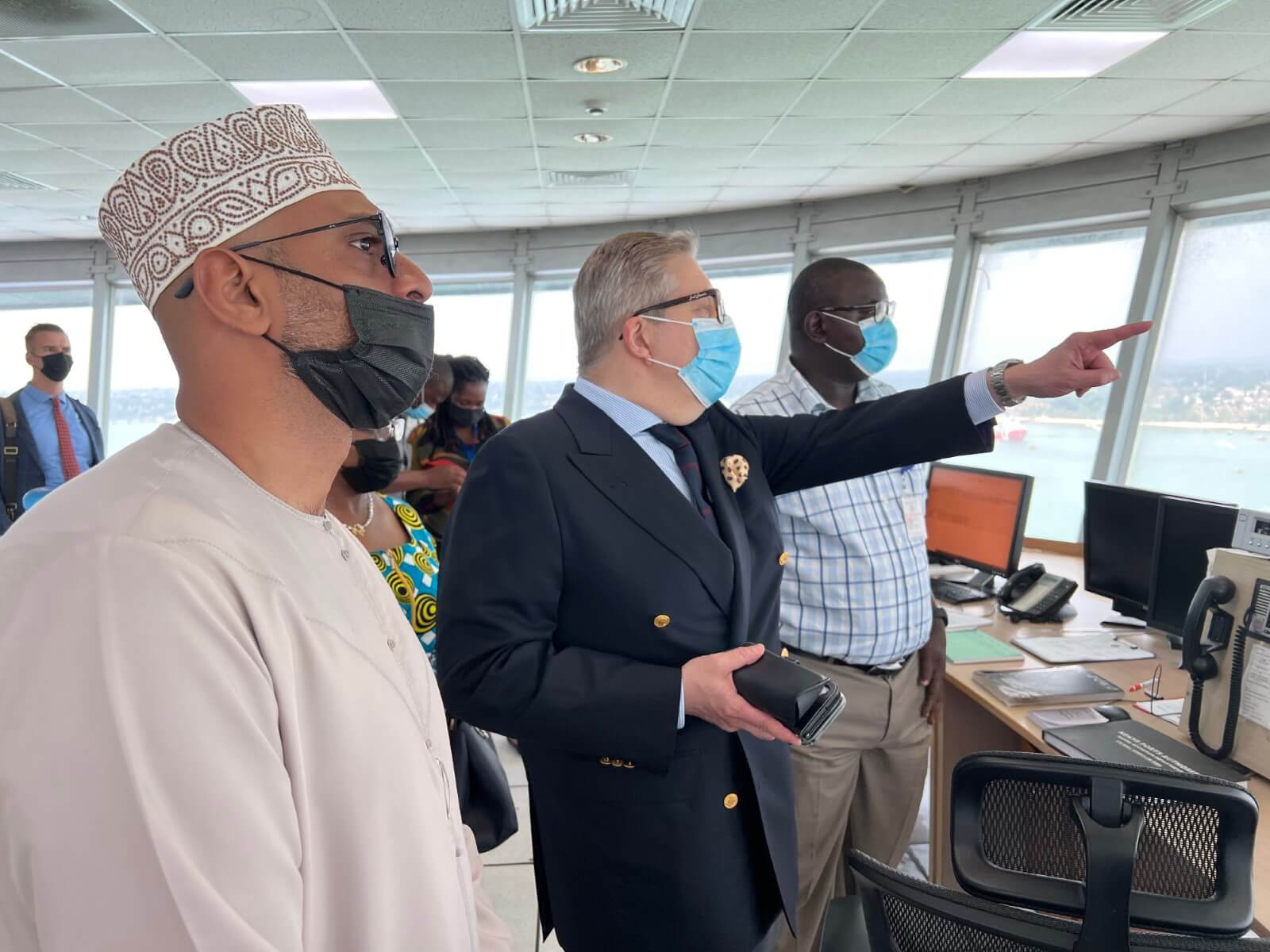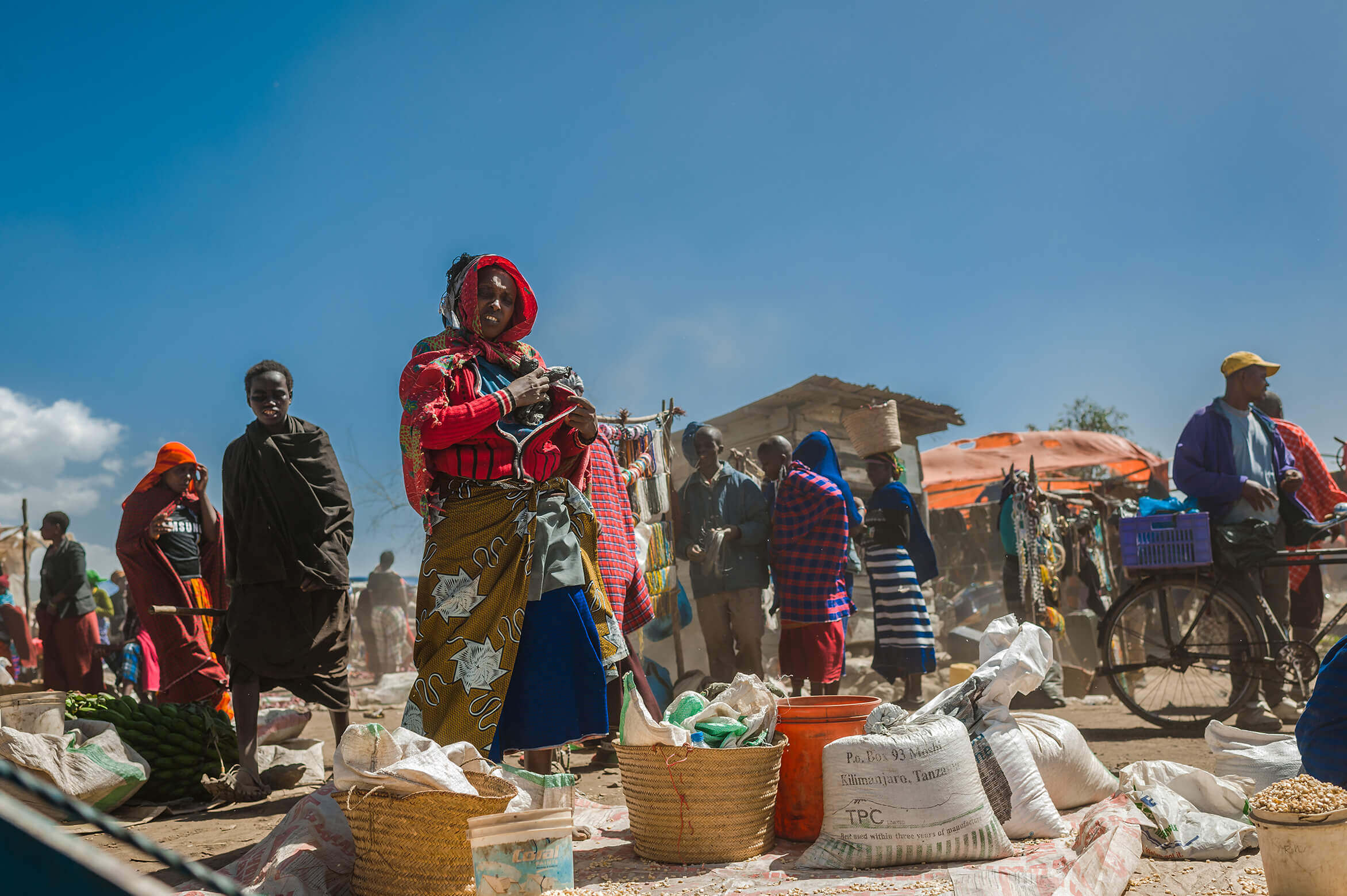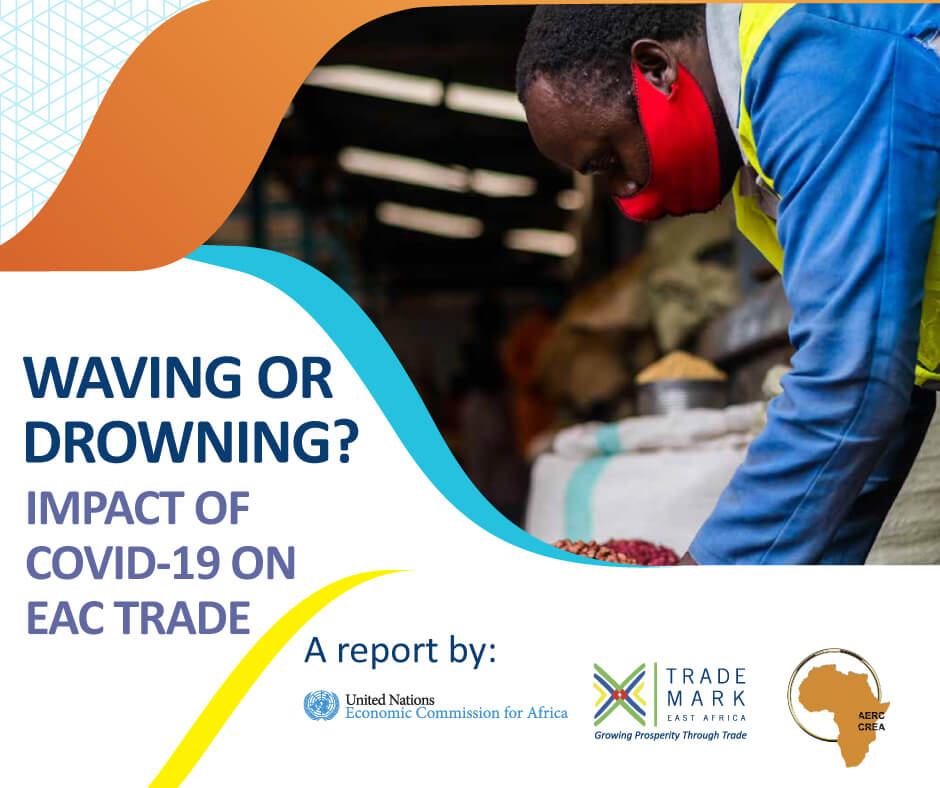The recent commemoration of the 25th Anniversary of the East African Community (EAC) offered an excellent opportunity to reflect on its achievements, confront persistent challenges, and outline the path forward for advancing regional integration. A notable focus of the celebration was the role of digital innovation in addressing cross-border payment inefficiencies, with technologies such as artificial intelligence, mobile money, and digital currencies emerging as critical enablers. Coinciding with this milestone, the Africa Trade Development Forum (ATDF) was held in Kigali, Rwanda, from 2 to 3 December 2024. Co- organised by the Government of Rwanda and TradeMark Africa (TMA), the forum brought global trade leaders, policy makers, private sector representatives, researchers, and innovators to reimagine the transformative potential of digital solutions in redefining trade. Both events emphasised the need for actionable strategies to strengthen intra-regional trade through enhanced collaboration. Regional cooperation emerged as a key driver of economic growth, with the EAC commended for its leadership in promoting intra-African trade. Since 2010, TMA has worked to reduce trade barriers and modernise trade systems within the EAC. Its collaboration with the EAC has delivered 15 One-Stop Border Posts (OSBPs), reducing transit times by 16.5% along the Northern Corridor from Mombasa to Bujumbura and cutting crossing times by up to 70% at key border points. These improvements have significantly enhanced regional connectivity and efficiency. Digital transformation has been central to TMA’s approach, with initiatives such as the Single Customs Territory introducing electronic cargo tracking system, digital certificates of origin, and customs modernisation. The...
Digital Innovation and Regional Collaboration Essential Drivers to Transforming Africa’s Trade Future
Posted on: December 6, 2024
Posted on: December 6, 2024

